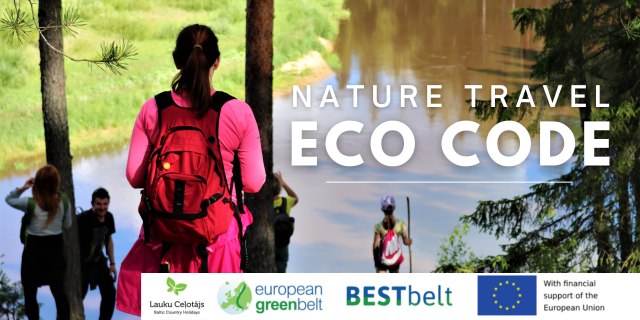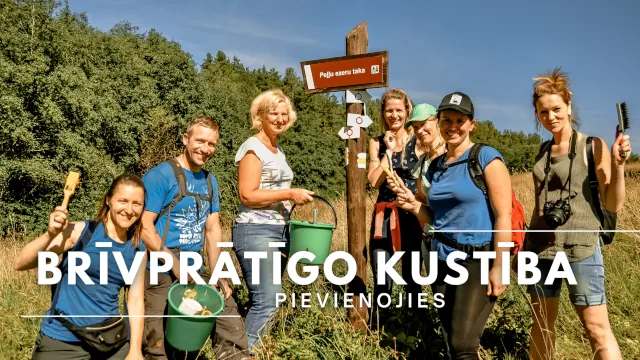Section 25. Vecāķi - Carnikava.
 Worth seeing
Worth seeing
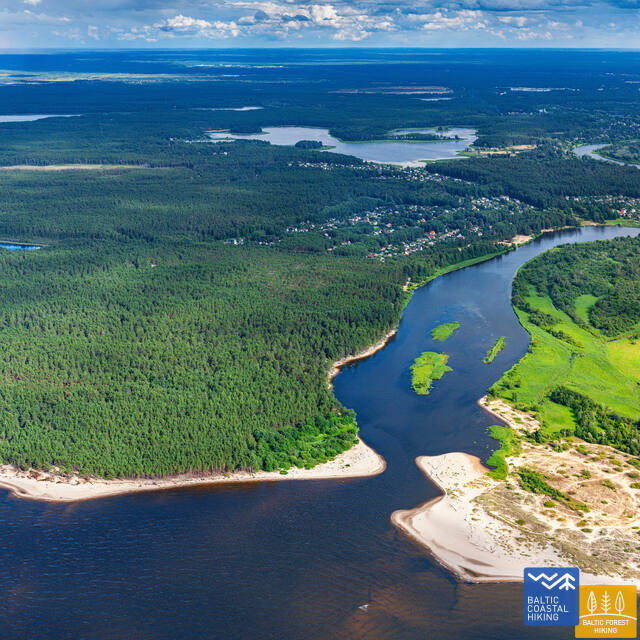
|
There are important protected habitats from Carnikava to the Inčupe River: embryonic dunes, foredunes, water caltrop (Trapa natans L.) in Lake Ummis and coastal dunes covered in old forests. |
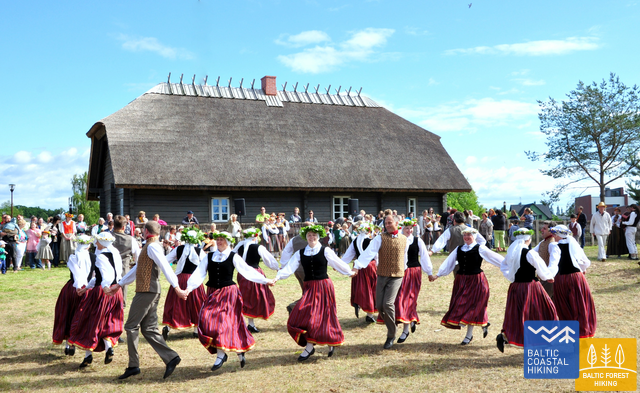
|
Made as a copy of the fisherman’s and ferryman’s house Cēlāji built in 1851 in the estuary of the Gauja River. An exhibition and an equipped rest area are available to visitors. |
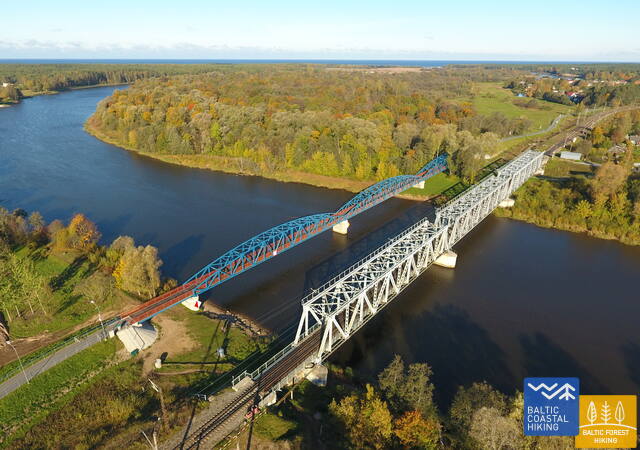
|
18 November 2014 marks the inauguration of the longest pedestrian and cyclist bridge in Latvia that is a significant section of the EuroVelo 13 Iron Curtain Trail. |
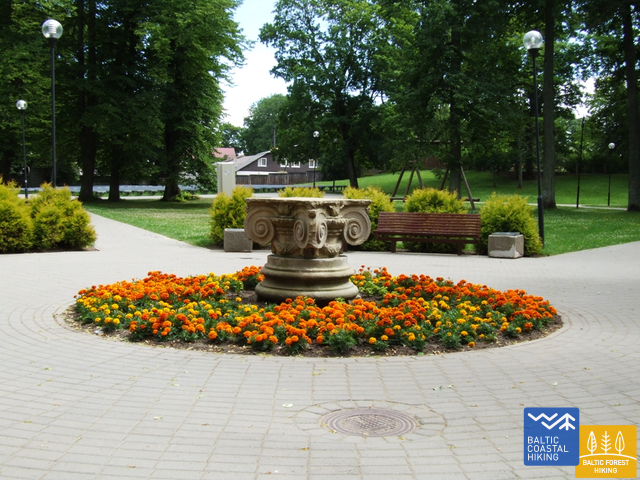
|
The only remnant of the once most splendid manor in Vidzeme. |
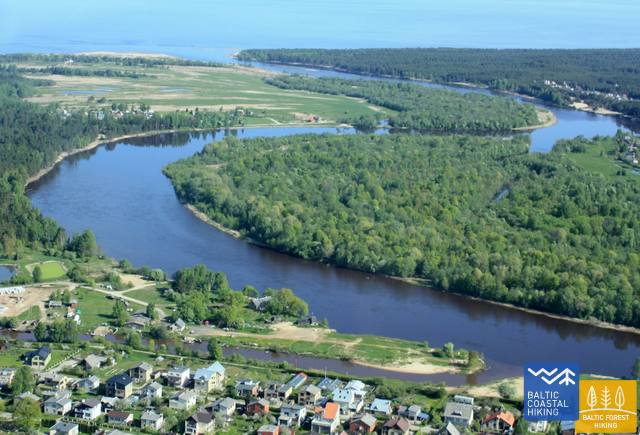
|
The estuary of the Gauja River has still maintained its natural appearance with the reciprocity of the river and the sea. The estuarine landscape has been included in the electronic repository of the most precious landscapes in Latvia. |
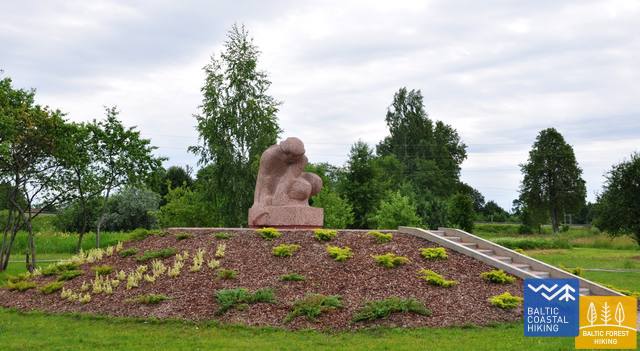
|
The sculpture, created by V. Titāns, symbolizes never giving up, always getting back up and keeping on going. |
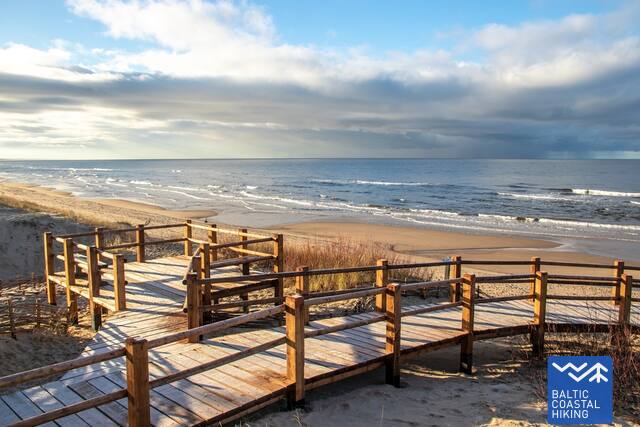
|
One of the longest paved promenades in Latvia. Excellent for walks to the sea. |
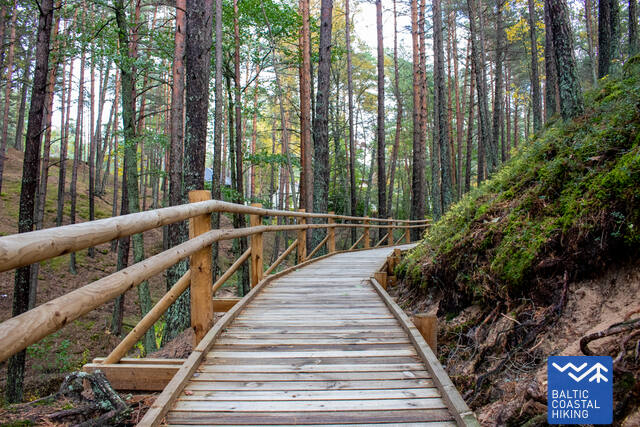
|
The 600 m long trail starts at the Eimuri pumping station, where cars can be easily parkedyou can easily park your car. Also convenient for families with strollers. |
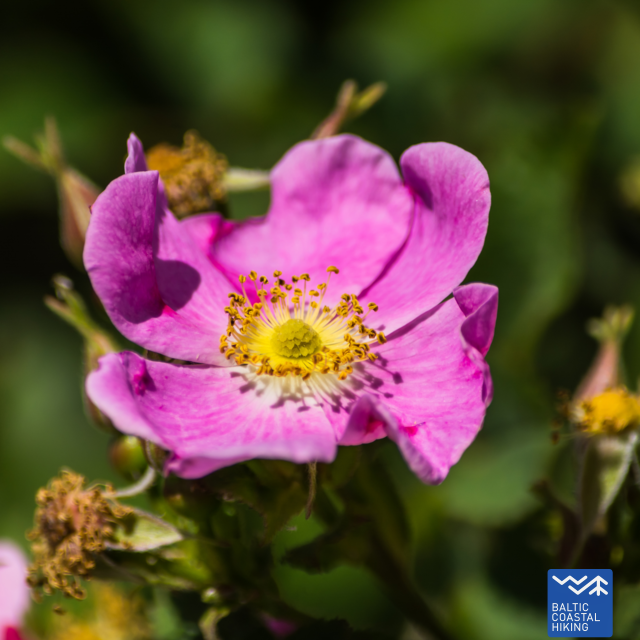
|
Located near the Kalngale railway station, the dune is about one and half kilometer long, its summit and slopes are covered with wild roses and lilies of the valley. |
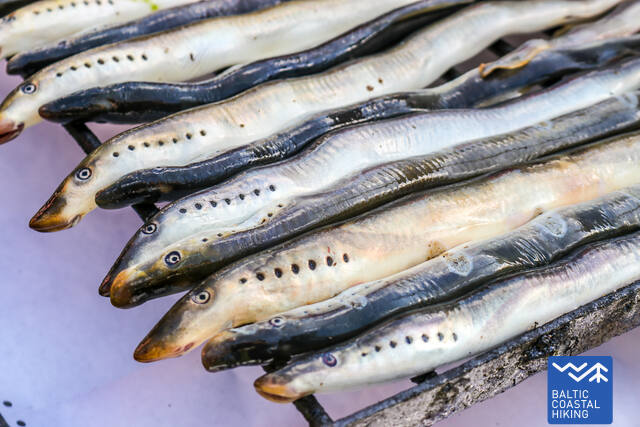
|
Lamprey inspection, cooking and tasting for groups. Visit must be arranged at least 2 days in advance. |

|
Leisure boats in Carnikava Carnikavas koka kuteri. Tel. nr: +371 27742612; https://www.facebook.com/p/Carnikavas-koka-kuteri Leisure boat “Sarnikau” and wooden boats “Sandra” and “Evelīna”. Regular relaxing and insightful rides along the Gauja River from Carnikava to its mouth at the Gulf of Riga and back. During the ride, stories about Carnikava and Gauja, as told by the captains, are available. |
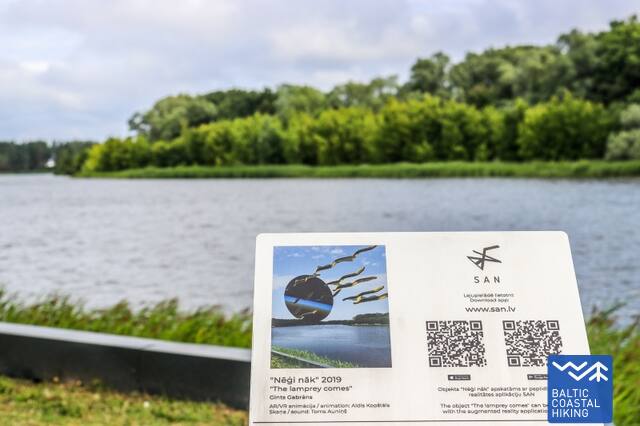
|
A virtual reality 3D object that can be viewed through smart devices using a unique "SAN" application. The artistic author of the object is Gints Gabrāns. The environmental objects are located in 7 places. |
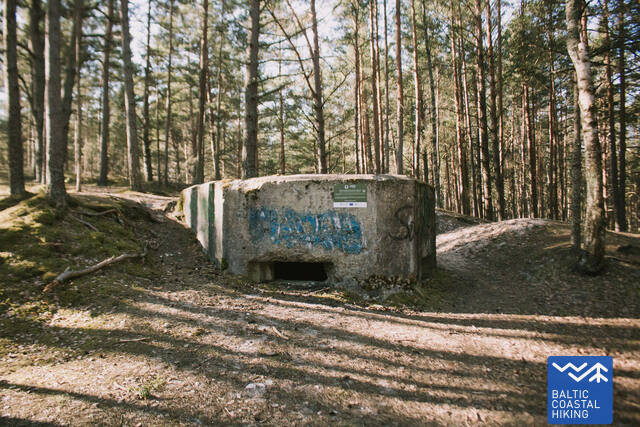
|
The four reinforced concrete fortifications (caponiers or pillboxes), built 1936–1938 by the Latvian Army Sapper Regiment, were an element of the Riga coastal defence system of the Latvian Army. |









